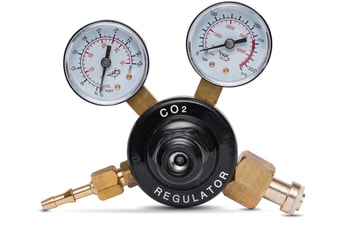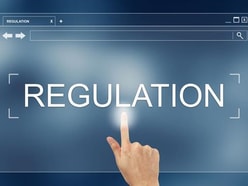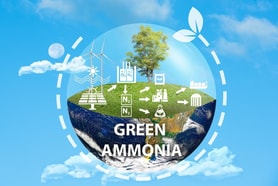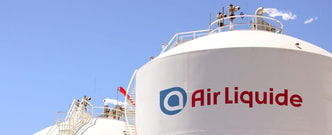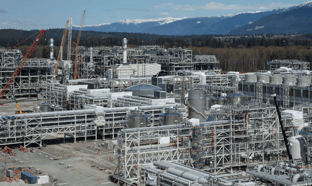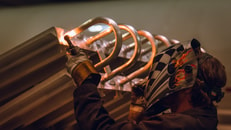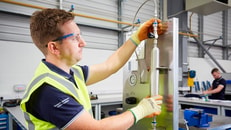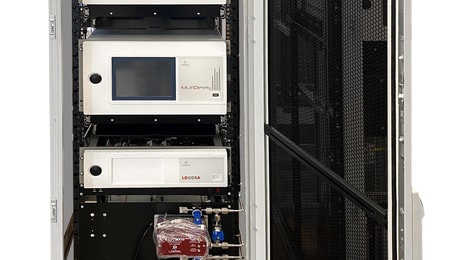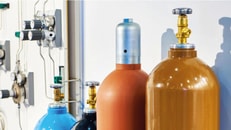Testing requirements for CO2
In the developed world markets, such as the US, the lion’s share of merchant carbon dioxide (CO2) product is sold to the food and beverage industries, often representing about 70% of total production, and the balance is industrial usage. Then, of this greater 70% food and beverage usage, likely 70% is food alone, and 30% is beverage.
The most sensitive specification might likely be USP (United States Pharmacopeia ) grade, which in many ways represents less than 5% of the overall markets. However, it requires a significant amount of record keeping, assuring the grade is produced accordingly. This USP is largely sold to the medical-related markets. The major gas companies reserve a few plants in strategic locations which produce a USP grade, otherwise most plants produce a beverage (and food grade) product.
What is encountered most of the time, with respect to keeping a quality standard, is probably beverage grade, often referred to ISBT grade (International Society of Beverage Technologists). Historically, contamination of a liquid product has been reported by major soft drink manufacturers (I recall such reports in Europe in the past).
... to continue reading you must be subscribed


